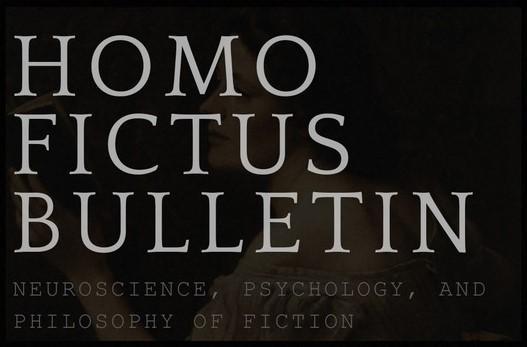You might wonder how reading a narrative on a digital screen differs from reading it on paper when it comes to comprehension. With digital devices becoming increasingly widespread in recent decades, it is worth asking: do digital screens offer a better opportunity for high comprehension of narratives than print—or perhaps it is the other way around? How so, and why? A meta-analysis (Delgado et al., 2018) examined studies from 2000 to 2017 that compared reading comprehension for texts presented on paper vs. on digital devices. The study aimed to determine whether the reading medium affects comprehension and to identify any moderating factors influencing these effects.
Study overview
Findings
Overall, Delgado et al. (2018) found that both between-participants and within-participants study designs indicated that paper-based reading leads to better comprehension than digital reading (Hedges’ g = −0.21; dc = −0.21), reflecting a “print superiority.” More interestingly, they revealed that the magnitude of the paper-based reading advantage has increased steadily over time, from 2000 to 2017. This finding challenges the assumption that screen inferiority would diminish as digital technology becomes more prevalent and users gain more experience.
However, when it comes to narrative reading, the meta-analysis revealed a significant moderating effect of text genre, meaning the advantage of paper-based reading varied depending on the type of text. The advantage of paper was evident for both informational texts and mixed texts (informational and narrative), but not for narrative texts on their own. This suggests that, for informational texts— which typically require deeper processing and more effortful comprehension— paper-based reading shows a significant advantage. A similar pattern emerged in studies using a mix of informational and narrative texts, again showing a notable advantage for paper-based reading. Interestingly, for studies focusing solely on narrative texts, no significant difference in comprehension was found between paper and digital formats. This indicates that the drawbacks of digital reading may be less pronounced when the text is engaging and easier to process, as is often the case with narratives. However, it is important to note that the number of comparisons involving only narrative texts was relatively small in literature, making it challenging to draw definitive conclusions about the influence of text genre.
For detailed information, please refer to the original article.
Delgado, P., Vargas, C., Ackerman, R., & Salmerón, L. (2018). Don’t throw away your printed books: A meta-analysis on the effects of reading media on reading comprehension. Educational Research Review, 25, 23-38. https://doi.org/10.1016/j.edurev.2018.09.003
Picture Credit.
“Soaking Up The Sun” by Linda Hugues




